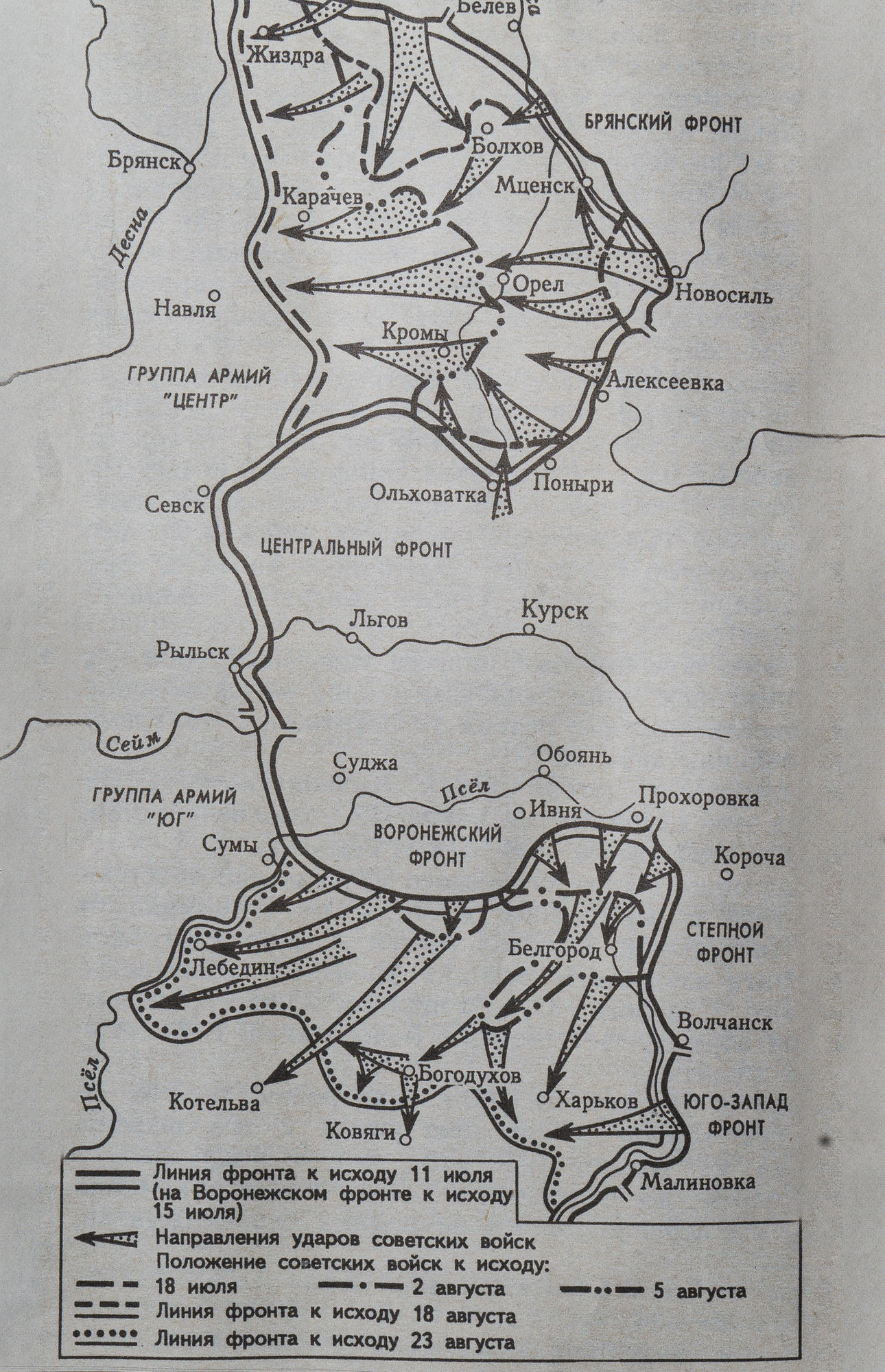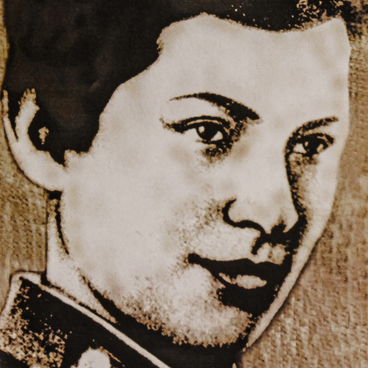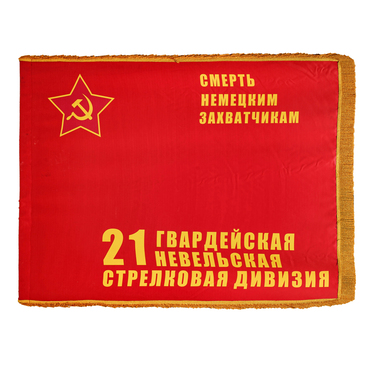The Kursk Salient, better known as the Kursk Bulge, is a strategic salient that was formed in the spring of 1943 in the region of the cities of Orel, Kursk, Belgorod and Kharkov. It became a place of fierce fighting between Soviet soldiers and the Nazi army. The place of the Battle of Kursk, one of the great battles of World War II, which lasted from July 5 to August 23, 1943, is often called the Arc of Fire.
The Battle of Kursk began as a defensive one. In the summer of 1943, the Soviet troops of several fronts - the Western, South Western, Bryansk, Voronezh, Central and Stepnoy - united on the Kursk Salient. The length of six continuous defensive lines was hundreds of kilometers. The entire Kursk Salient was dug with emplacements and trenches, up to 7,000 anti-tank and anti-personnel mines per every kilometer waited for German soldiers.
To capture the Kursk Salient, the German command developed a plan for an offensive operation code-named Citadel. The enemy’s intentions became known to the Soviet troops, and an artillery bombardment of the German positions was carried out several hours prior to the offensive of the Nazi army. The chosen tactics proved successful, the enemy troops were exhausted, and the advance of the German strike groups was stopped. As a result of the battle on the Kursk Salient, Soviet soldiers defended Orel, Belgorod and Kharkov and inflicted a major defeat on the enemy.
Powerful tank groups and aircraft on both sides were engaged in fighting on the Kursk Bulge. On July 12, a tank battle took place near the village of Prokhorovka, in which up to 1,500 tanks and self-propelled guns were involved. As a result of the victory, Soviet Army captured the strategic initiative forever.
The 219th, 186th and 214th Rifle Divisions were involved in the Battle of Kursk. The 219th Rifle Division was formed within the period from January 1 to April 30, 1942 on the territory of Bashkortostan in the village of Krasnousolsk. During the formation, Vasily Petrovich Kotelnikov, who arrived after the hospital, was appointed division commander. Before being sent to the front in April 1942, Bashkir workers handed a red flag to the division. The 375th rifle regiment received the flag of the city of Sterlitamak, and the 675th artillery regiment was presented the flag of the Aurgazinsky district.
The 219th Rifle Division arrived at the front on June 3, 1942, where it immediately take up defensive dispositions along the eastern bank of the Don River with a frontage of 58 km, and held its positions for seven months. During the battles from January 14 to March 1, 1943, the division advanced 600 km, liberating the cities of Alekseyevka, Novy Oskol and Kharkov, and participated in the Battle of Kursk near the villages of Tolstoye and Novenkoye.
As a result of fighting on the Kursk Salient, the German offensive was stopped, and Germany was no longer able to seize the initiative. The Battle for Moscow, the Battle of Stalingrad and the Battle on the Kursk Bulge finally determined the outcome of the Great Patriotic War.
The Battle of Kursk began as a defensive one. In the summer of 1943, the Soviet troops of several fronts - the Western, South Western, Bryansk, Voronezh, Central and Stepnoy - united on the Kursk Salient. The length of six continuous defensive lines was hundreds of kilometers. The entire Kursk Salient was dug with emplacements and trenches, up to 7,000 anti-tank and anti-personnel mines per every kilometer waited for German soldiers.
To capture the Kursk Salient, the German command developed a plan for an offensive operation code-named Citadel. The enemy’s intentions became known to the Soviet troops, and an artillery bombardment of the German positions was carried out several hours prior to the offensive of the Nazi army. The chosen tactics proved successful, the enemy troops were exhausted, and the advance of the German strike groups was stopped. As a result of the battle on the Kursk Salient, Soviet soldiers defended Orel, Belgorod and Kharkov and inflicted a major defeat on the enemy.
Powerful tank groups and aircraft on both sides were engaged in fighting on the Kursk Bulge. On July 12, a tank battle took place near the village of Prokhorovka, in which up to 1,500 tanks and self-propelled guns were involved. As a result of the victory, Soviet Army captured the strategic initiative forever.
The 219th, 186th and 214th Rifle Divisions were involved in the Battle of Kursk. The 219th Rifle Division was formed within the period from January 1 to April 30, 1942 on the territory of Bashkortostan in the village of Krasnousolsk. During the formation, Vasily Petrovich Kotelnikov, who arrived after the hospital, was appointed division commander. Before being sent to the front in April 1942, Bashkir workers handed a red flag to the division. The 375th rifle regiment received the flag of the city of Sterlitamak, and the 675th artillery regiment was presented the flag of the Aurgazinsky district.
The 219th Rifle Division arrived at the front on June 3, 1942, where it immediately take up defensive dispositions along the eastern bank of the Don River with a frontage of 58 km, and held its positions for seven months. During the battles from January 14 to March 1, 1943, the division advanced 600 km, liberating the cities of Alekseyevka, Novy Oskol and Kharkov, and participated in the Battle of Kursk near the villages of Tolstoye and Novenkoye.
As a result of fighting on the Kursk Salient, the German offensive was stopped, and Germany was no longer able to seize the initiative. The Battle for Moscow, the Battle of Stalingrad and the Battle on the Kursk Bulge finally determined the outcome of the Great Patriotic War.



